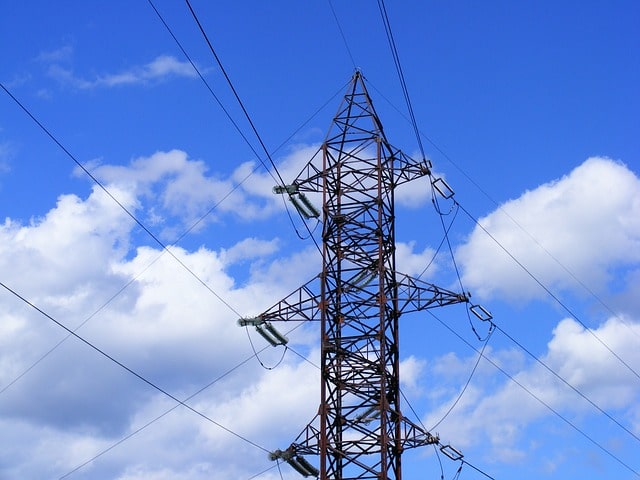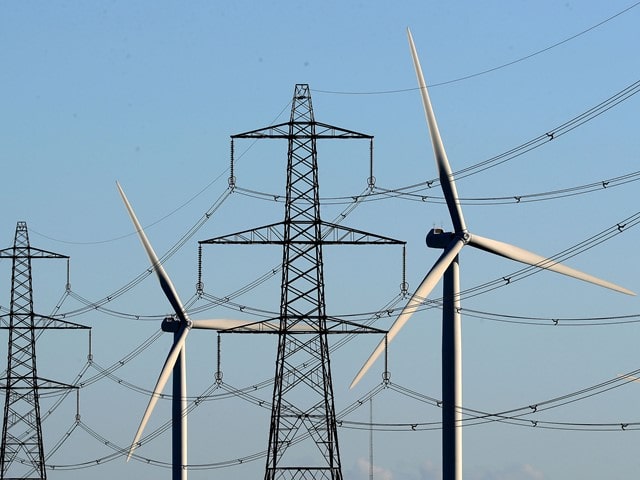Achieving Commercial Energy Use Reduction

The principle of commercial power usage reduction has been around for longer than the majority of people recognize. Starting with the Nixon management, commercial energy use decrease ended up being a main political topic, albeit one that did not have the modern technology to make it anything yet radical. However, in the intervening years, commercial power usage reduction has become a topic that departures as greater than a chatting point; power effectiveness consulting businesses currently offer the experience and modern technology to make any kind of firm’s dream power effective design come to life.
Strangely, though, there exists some hesitancy on the part of companies to carry out energy-conserving retrofits, and also it isn’t rooted in uncertainty about the performance of energy-efficient layout, as its performance has been shown. Instead, it rests in some misunderstandings that are based upon half-truths. Listed below, we consider three reasons why some companies avoid implementing power-efficient retrofits, and take a look at the fact and also fiction behind them.
Power Preservation is as Reliable as Efficient Layout
No credible energy effectiveness business will certainly inform you that energy conservation is an inadequate strategy for reducing commercial energy prices. By executing conservation measures such as lighting control systems, a lot more effective windows and doors, and extra effective structure envelopes, a business can dramatically minimize their yearly utility costs, in addition to their carbon pollution. The issue, nevertheless, is that pairing conservation measures with ineffective style do not get rid of the trouble; it just masks it.
In addition to concentrating on implementing a reliable style, many energy performance companies likewise concentrate on applying preservation procedures, with the utmost goal being to apply both to save one of the most money-an annual sums that can quickly total up to more than 50 percent of a company’s existing annual utility bill.
Power Prices are Eventually What Determine Energy Cost
That power rates establish the cost of energy holds true. However, the point of view that power rates are the single determinant of energy expenses ignores that effective design can more than take the sting out of increasing power rates. Companies that concentrate their expense conserving efforts on power rates usually work with a firm that concentrates on power price broker agent, as well as they frequently save money, therefore.

Yet the disadvantage to pricing brokering is that you never ever understand if brokered rates will repeat over the long term, making it chancy to plan on sustaining firm programs or various other ventures with money from power savings. Similar to power preservation, the excellent situation is to couple rate agenting with a reliable design.
Efficient Design is Expensive
In general, energy-effective design is a lot more pricey than a traditional layout. Yet the extraordinary ROI that arises from energy effectiveness projects-in numerous situations, one hundred percent within 2 years-more than pillows the price of even the most pricey jobs. However, you still need the cash to spend on a task. Until just recently, the upfront cost of an energy-effective style kept many businesses from implementing it. Yet today, numerous energy effectiveness service providers offer in-home, interest-free, long-term funding to qualified prospects, making effective design inexpensive for big and also little firms alike.
INSCMagazine studied the reasons that some companies avoid implementing energy-saving retrofits.




